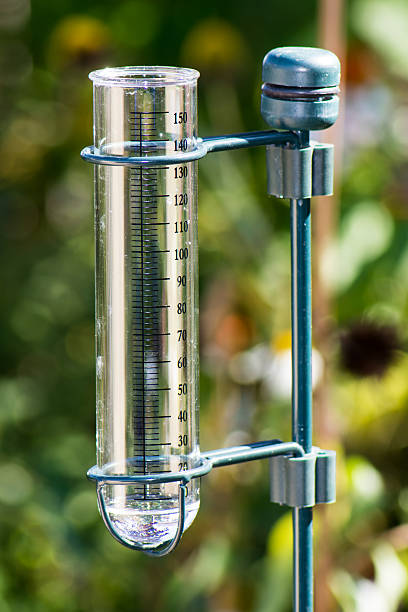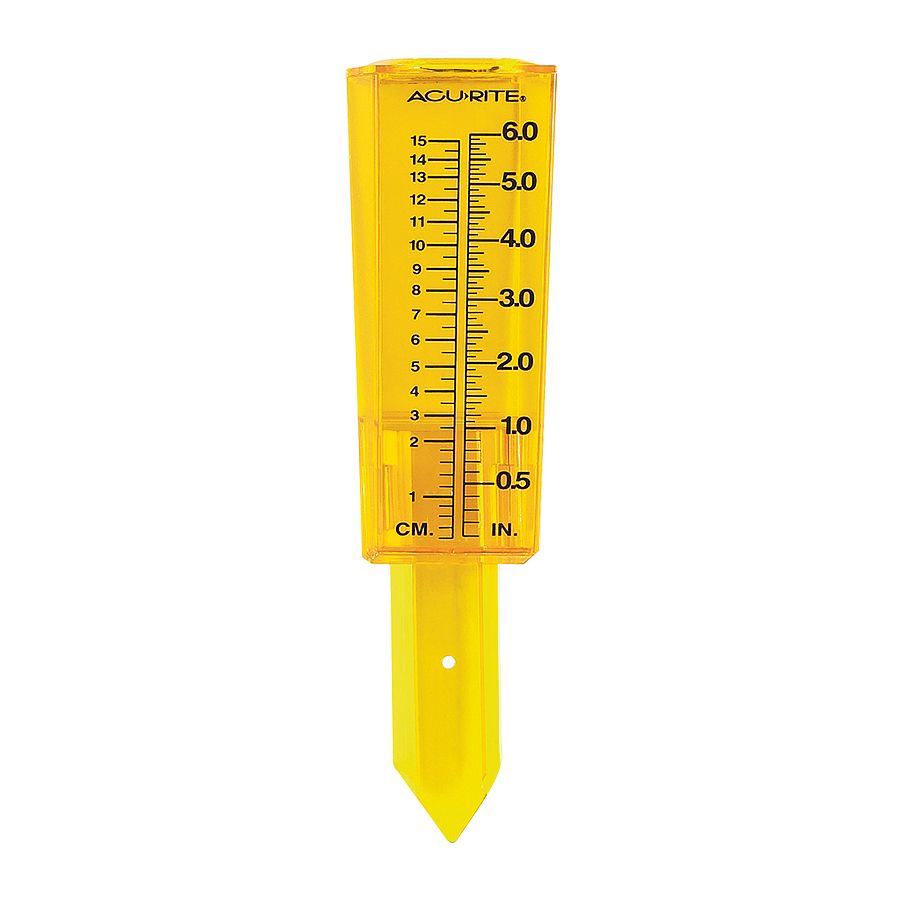Your Go-To Source on The Rain Gauge: Benefits and Practical Applications
Your Go-To Source on The Rain Gauge: Benefits and Practical Applications
Blog Article
Do It Yourself Rain Scale: Easy Actions to Make Your Own
Developing your very own Do it yourself rain scale is a reliable and basic means to videotape and measure rainfall. With just a few common products and some standard actions, you can conveniently build your very own rainfall gauge at home. Allow's obtain begun on making your Do it yourself rain gauge today!
Gather Materials
To begin constructing your Do it yourself rain scale, gather all the needed materials utilizing an extensive list of products. Having the right products on hand will ensure the effective creation of your rainfall scale and enable for precise measurements of rainfall. Collecting these materials beforehand will certainly simplify the building procedure and make certain that you have everything you need to produce your very own Do it yourself rain scale.
Prepare the Container

Mark the Measurement Increments
To properly determine the amount of rains, precisely marking the dimension increments on your DIY rainfall scale is crucial. Without specific and clear markings, it would be difficult to establish the precise quantity of rainfall collected in your rainfall gauge. Below are the actions to mark the dimension increments on your rain scale.
First, pick the device of measurement that you intend to utilize. The most usual units for gauging rains are inches and millimeters. Use an irreversible marker or water-proof paint to note the increments on the side of your rain gauge when you have chosen the device. For inches, you can note every quarter inch or every half inch, depending on your choice. For millimeters, you can mark every 10 millimeters or every 20 millimeters.
When noting the increments, it is essential to ensure that they are uniformly spaced and plainly visible. Use a leader or measuring tape to guarantee accuracy and uniformity. Furthermore, make certain that the markings are resistant to fading or abrading, as direct exposure to the elements may trigger them to deteriorate over time.
Place the Rainfall Scale Outdoors
The rainfall scale must be put outdoors to precisely gather rainfall data. The location picked for the rain gauge must be open and complimentary from any obstructions that can possibly influence the measurement of rainfall. It is important to discover a spot that is not blocked by trees, structures, or various other frameworks that might block the rain from getting to the gauge. This will ensure that the gathered information is rep of the actual rainfall in the area.
Furthermore, it is critical to position the rainfall gauge on a secure surface area, such Home Page as a degree ground or a tough post. This will prevent any kind of movement or tilting of the gauge, which could lead to inaccurate measurements. It is likewise advisable to stay clear of placing the gauge near any kind of resources of fabricated water, such as lawn sprinklers or drain systems, as this can interfere with the accuracy of the measurements.
Screen and Record Rain Data
Regular tracking and recording of rainfall data is essential for exact data analysis and analysis. By monitoring rainfall measurements, you can get beneficial insights into climate patterns, More Help climate patterns, and water resource monitoring. To properly keep an eye on and videotape rains data, it is necessary to develop a routine and preserve constant methods.
First of all, make certain that your rainfall scale is positioned in an open area away from barriers such as trees or structures that may block rainfall. Furthermore, ensure the rain gauge is level and firmly secured to stop any type of motion that could influence the precision of the dimensions.

When recording the rainfall data, it is necessary to note the date and time of each dimension. Utilize a ruler or a gauging stay with identify the rains deepness in the rainfall gauge, and document this info precisely.
To guarantee the accuracy of the dimensions, it is advised to clear the rainfall scale after each recording. This will stop any overflow or evaporation from influencing succeeding dimensions.
Conclusion
In conclusion, producing a DIY rainfall gauge is a practical and basic means to monitor and check this videotape rainfall data (The Rain Gauge). By following the actions outlined in this write-up, you can easily gather products, prepare the container, mark the dimension increments, and put the rain gauge outdoors. Frequently keeping track of and taping rainfall information can give important details for different purposes
Having the best products on hand will certainly make certain the effective development of your rainfall scale and permit for accurate measurements of rains.To accurately determine the quantity of rainfall, accurately noting the measurement increments on your DIY rainfall scale is essential.The rainfall gauge should be positioned outdoors to properly gather rainfall information. The area chosen for the rainfall scale ought to be open and complimentary from any kind of blockages that can potentially affect the measurement of rains.In verdict, producing a DIY rainfall scale is a sensible and easy method to check and tape rainfall information.
Report this page